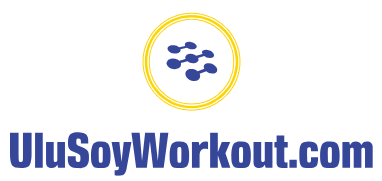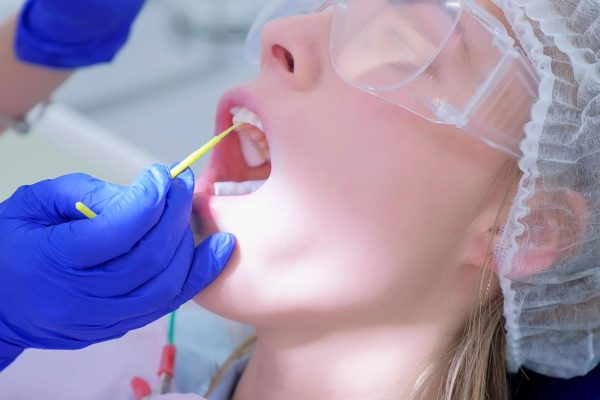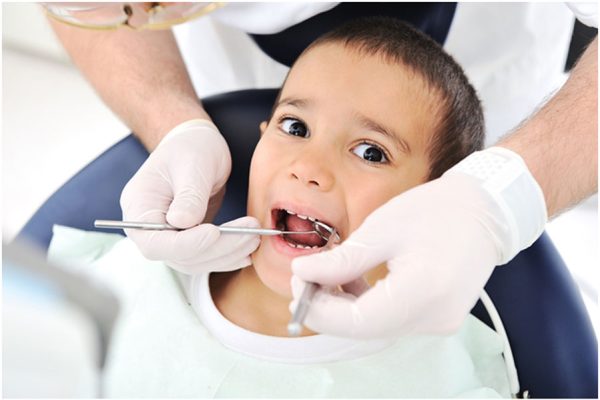If someone near you suddenly collapses and stops breathing, do you know what’s really going on? More importantly, do you know the next steps that should be taken to save this person’s life? There is a high chance that the person can be brought back to wellness by a procedure called CPR – cardiopulmonary resuscitation.
Of course, none of us ever imagines or wants to be in such a situation, but it can happen. Four out of five cardiac arrests occur at home. And an estimated 92% of sudden cardiac arrest victims pass away before even reaching the hospital. Performing CPR in these situations can greatly increase the victim’s chances of survival.
But what is CPR? CPR is an emergency procedure that is performed in an effort to keep the victim’s brain functioning until further medical procedures are taken. CPR is performed on people who are unresponsive with no breathing.
Some other scenarios where a person may need CPR are during or following:
- Heart attack
- Stroke
- Drug overdose
- Massive blood loss
- Carbon monoxide poisoning
- Choking
- Drowning
- Suffocation
- Electrocution
Some victims of cardiac arrest may not even have a history of cardiovascular problems. It usually strikes without warning. Most cardiac arrest cases occur either in the home or in public places. So chances are, most victims will not have immediate access to emergency services. Their lives are left up to the chance that a bystander or someone they know will be able to successfully administer CPR.
But despite being easy to learn and potentially life-saving, each year less than 3% of the U.S. population receives CPR training. It is safe to assume then that most U.S. citizens won’t know what to do if someone nearby goes into cardiac arrest and stops breathing.
To be clear, CPR is unlikely to restart the heart. It is performed to restore partial flow of oxygenated blood to the brain and heart. It is a stop-gap measure to delay tissue death as much as possible so there is no permanent brain damage before professional medical help arrives.
A person’s brain will cease to function 4 to 6 minutes after the heart stops beating. CPR is invaluable as it keeps oxygenated blood flowing to the brain and other vital organs. Everyday Health reports that the chances of survival double if CPR is given within the first two minutes of cardiac arrest.
This goes to show how time is of the essence when it comes to performing CPR. With each minute that the victim does not get CPR their condition worsens dramatically. Permanent brain damage will occur within 4 minutes without oxygen, followed by death 4 to 6 minutes later. Remember, the goal with CPR is not to bring back the victim to 100% health.
It is simply the best option available in the absence of medical professionals. Even if you haven’t received CPR training you should do something in such a situation. Don’t hesitate to take the decision – a person’s life is on the line.
A study conducted in 1999 by JAMA reports that a person suffering from ventricular fibrillation (no heartbeat due to heart complications) has more chances of recovery if CPR is immediately administered.
Those who are not trained in CPR should limit the procedure to chest compressions only, no mouth-to-mouth. Instructions for performing this type of CPR are readily available and it’s a relatively uncomplicated procedure. It is recommended to perform about 100 compressions a minute for this to be effective. This is a taxing procedure to do for sure, so be sure to ask someone to take over if you need a small break.
According to the American Heart Association, 70% of Americans feel helpless if someone near them has a cardiac emergency. This is especially troubling since CPR is easily learned – anybody can do it. Even knowledge about these situations can be useful because it allows you to do something rather than watching a person inch closer to death.
How to Learn CPR
We’ve greatly emphasized the importance of CPR and how everyone needs to learn this essential, life-saving skill. If this has sparked a desire to learn CPR within you, there are many options available.
Perhaps the best way to learn CPR is to go through a CPR training given by an accredited medical emergency response provider. Like any skill, CPR has to be practiced and regularly updated so your form and technique stays right.
Simply Google ‘CPR training near me’ to get a list of institutions in your area that has CPR training programs. Be sure to take an accredited course on this life-saving technique. Do not jeopardize the survival of a patient by ignoring these details.











